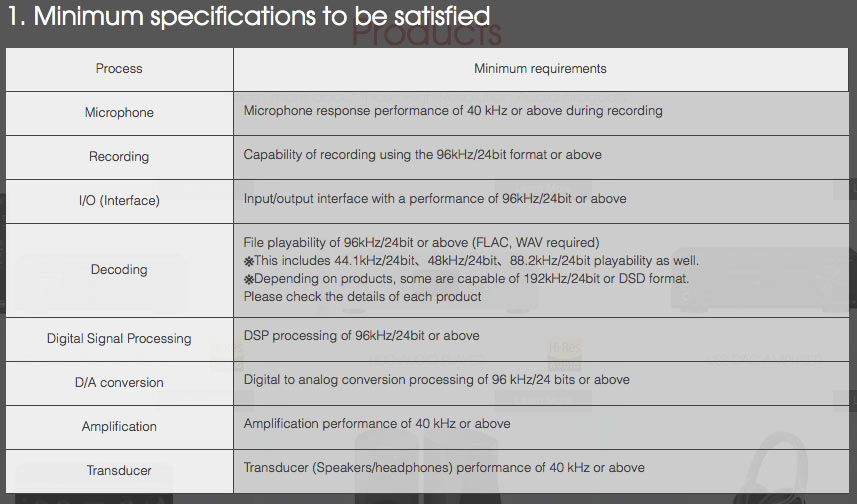More on the GEEK
I wrote about the amazing Kickstarter campaign that Light Harmonic initiated about a month ago the other day. With only 6 days to go, they’re closing in on a quarter of million dollars. Kudos to Gavin and the team at Light Harmonic…what can I say…I’m jealous and impressed.
Gavin did respond to the post with a comment on the original article saying he disagrees with my assessment of the GEEK unit. He made specific mention of my statement about upsampling in the DaVinci. He assures me that there are no filters in the unit. I believe him. But I also know that there are no native 384 PCM files available for downloading to use in the machine (There are a few examples but nothing widespread). If someone downloads one of my 96 kHz/24-bit files, how does a 384 DAC without filters help me? I don’t know.
We could into a whole debate about ultra high sampling rates. It’s absolutely true that the higher the sampling rate the less critical the filters become…apparently to the point where they aren’t necessary at all, if Gavin is correct about the DaVinci unit. I do believe his statements about the hardware he markets.
However, the necessity to move beyond 96 kHz for sonic reasons is an open question. The spectragraphs that I’ve looked at over the last few years show very little meaningful information above 48 kHz. I know my recordings have lots of sound above 20 kHz. Can we hear them? Do you have equipment that can reproduce those ultrasonic frequencies? Maybe not…but just maybe they do matter and designers should build a margin in their equipment to accommodate the added couple of octaves beyond 20 kHz.
The folks at SONY have just put up their “High Resolution Audio” site and under the LEARN MORE button they provide the information presented below in Figure 2.
Figure 2 – Sony’s chart about what is High Resolution Audio. (Click to enlarge)
They obviously believe that HRA recordings have to have been made with equipment (mics etc) that is capable of capturing up to 40 kHz. Bravo. I’ll be writing more about the SONY site and announcements over the next couple of days.
Once I start seeing other companies producing recordings with meaningful amounts of music energy (not the “purple haze” associated with 1-bit noise shaping), then I will start to consider higher sampling rates. I can tell that when I mentioned 384 kHz and even 768 kHz at the recent Pro Tools presentation at the Grammy offices that there are no plans for these rates in Pro Tools. They only producers using ultra high sampling rate are classical engineers and audiophile labels.
I’m going to close today’s post with a final comment about the GEEK campaign. I happened by the page again a couple of days ago and came upon the graphic below (See Figure 1 below)
Figure 1 – A graphic on the Light Harmonic Kickstarter Page highlighting the appeal of their GEEK unit to women.
Does anybody see anything odd about this image? Doesn’t it seem to imply that you could just stick a GEEK into your pocket, plug in a set of headphones (or ear buds I guess) and start listening to high-resolution audio on the go? I think it does.
It’s clearly misleading. If any of the backers of the GEEK project think it’s a dedicated, stand alone, high-resolution audio player, they’ll be very disappointed when the final manufactured units arrive. I can’t imagine the motivation for placing an image like this on the GEEK Kickstarter page. If you want a HRA portable player you might want to check out the new SONY pocket-sized device that plays files up to 192 kHz/24-bits as does the Astell & Kern player. The GEEK does not! It requires a USB connection.
I’ve included it in this post because while it may be true that “girls love geeks”, there is no way that a USB dependent device (which the GEEK clearly is for its power and music source) is going to function in anyone’s pocket…unless their pocket is as big as Bozo the Clowns so it could accommodate a laptop computer inside.
This kind of thing bothers me. I wish overzealous marketing types would stick to facts and avoid misleading statements of images.




Mark,
actually, some DACs like this can be connected to smartphones that support USB host connections. So while the shorts in the picture don’t even seem to have large enough pockets for a setup like this, it is not completely unrealistic that you could fit your phone, the DAC and the conenction cable in your pocket. I know that this works for example for the M2Tech hiFace DAC, but that does not have a built-in headphone amplifier, so the Geek will definitely need more power (and probably more than you can draw from a USB connector of a smartphone).
Another interesting thing: HDTracks are including adverts for the Geek in their newsletter mail, complete with a link to the kickstarter project. So I guessGavin must have done something right when it comes to promoting his product.
Best regards,
Oliver